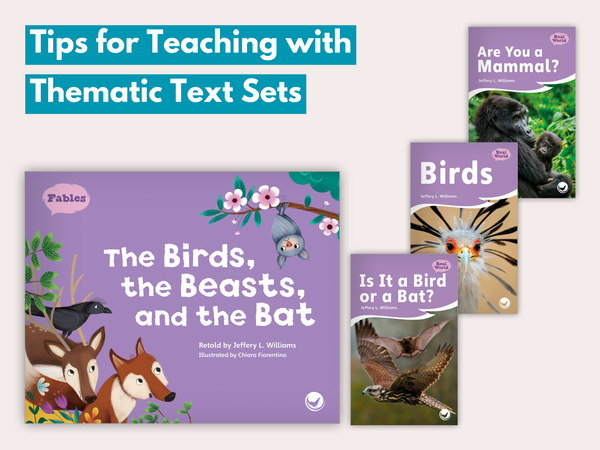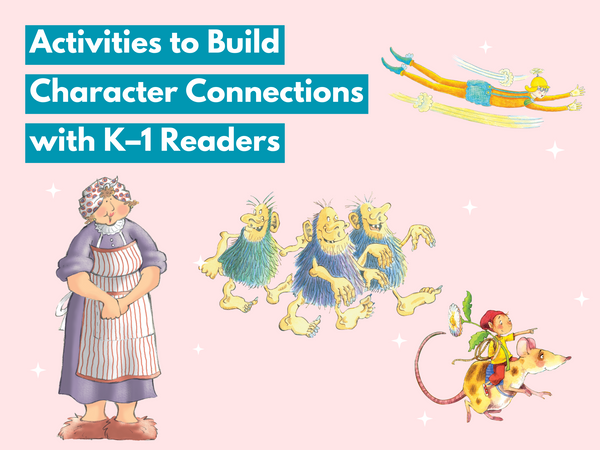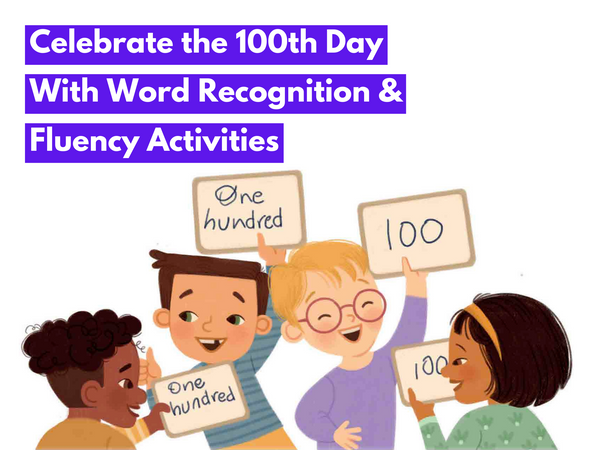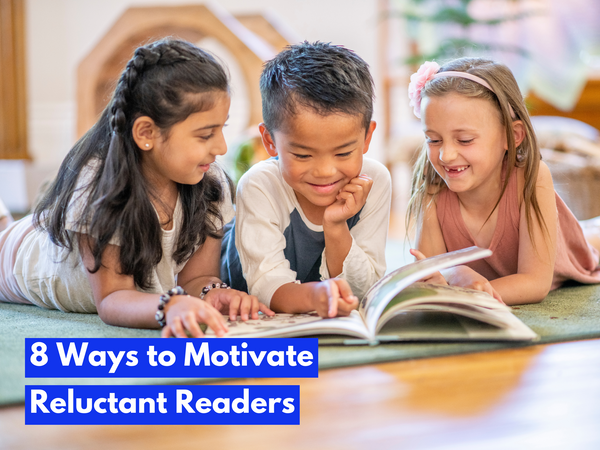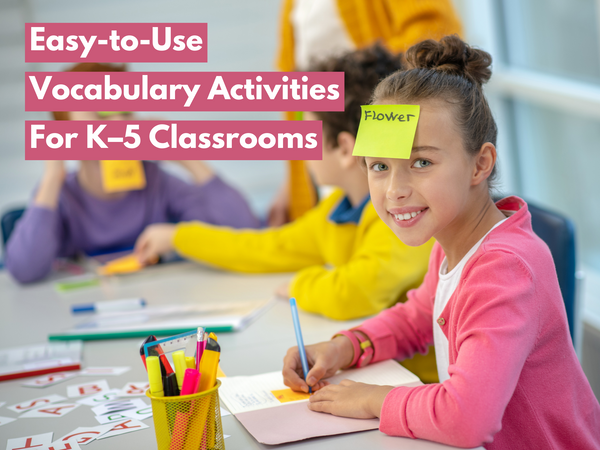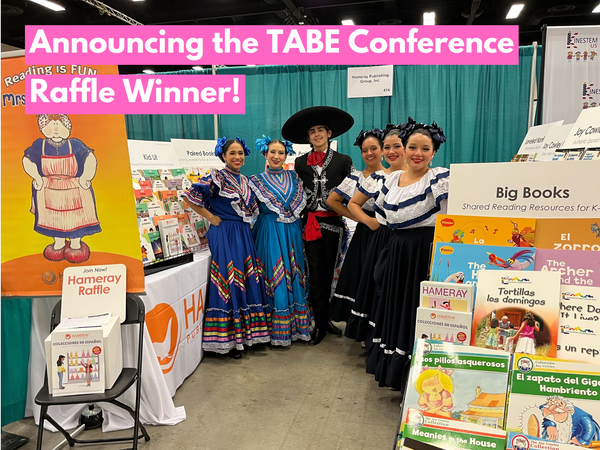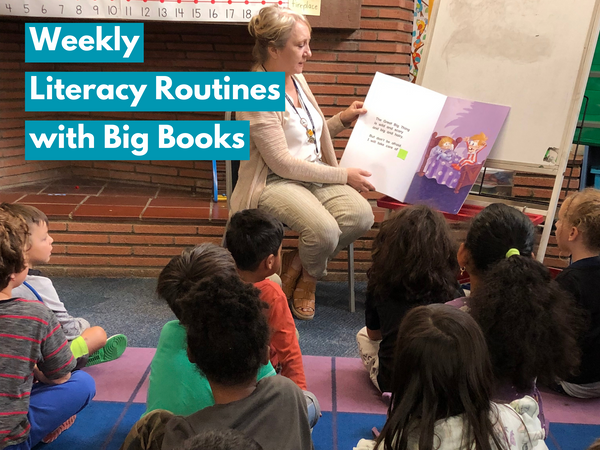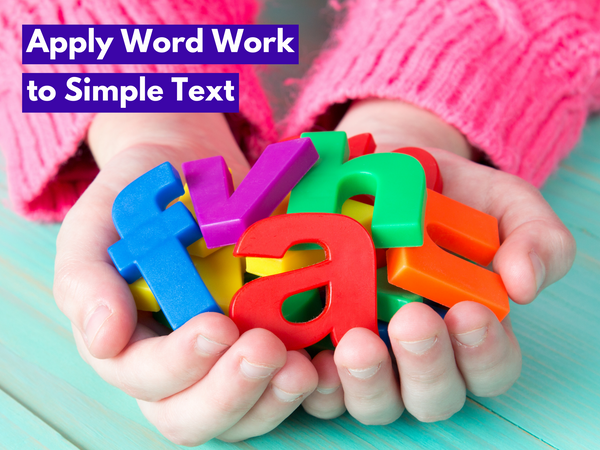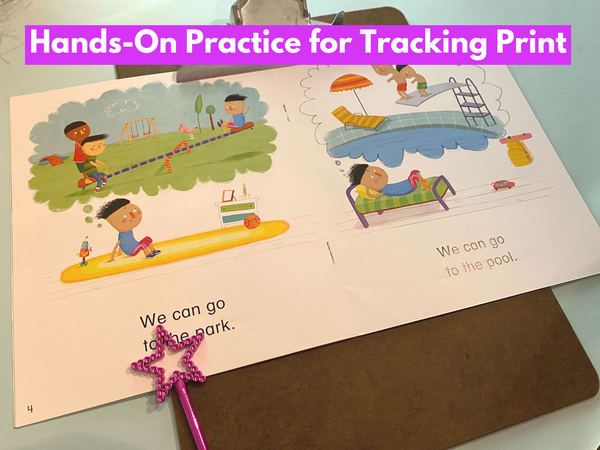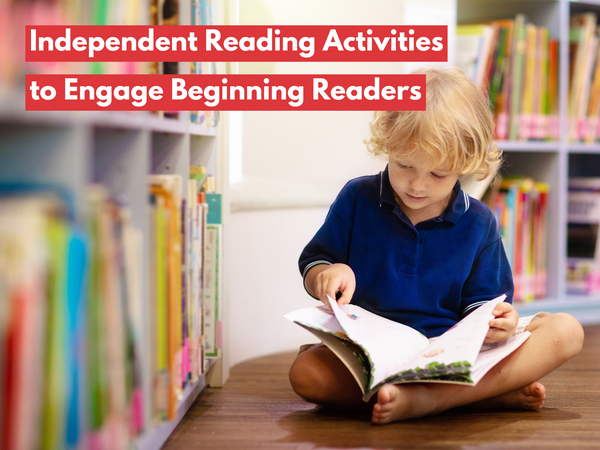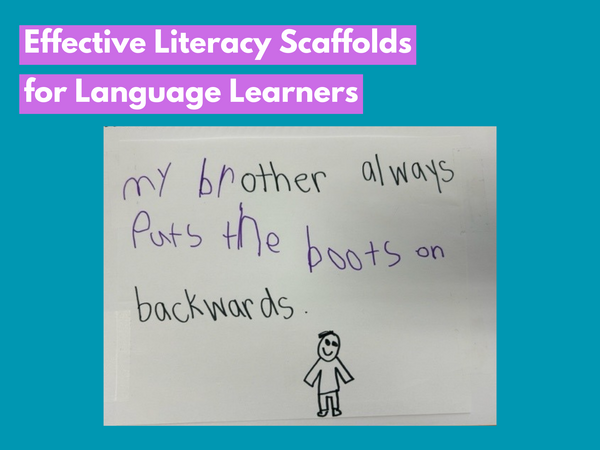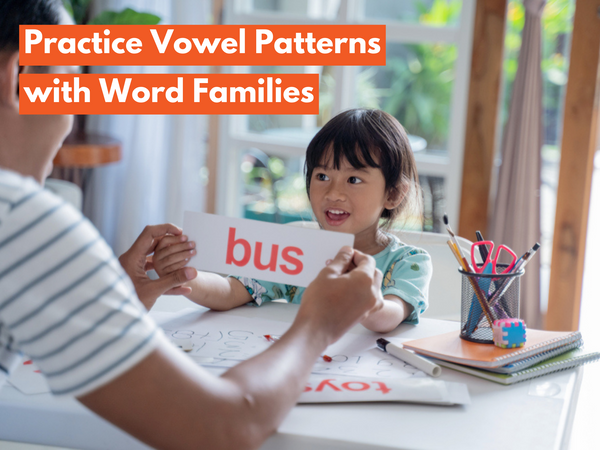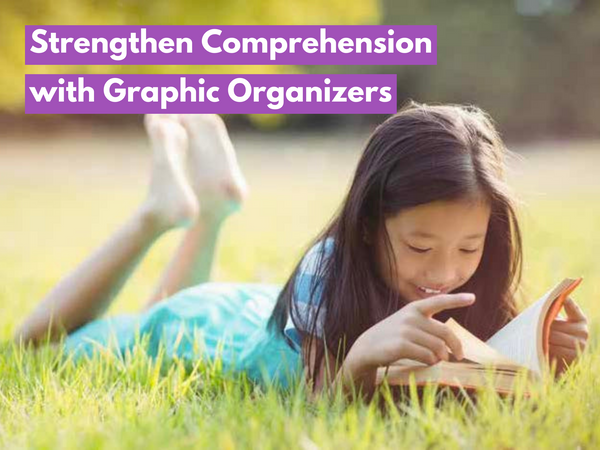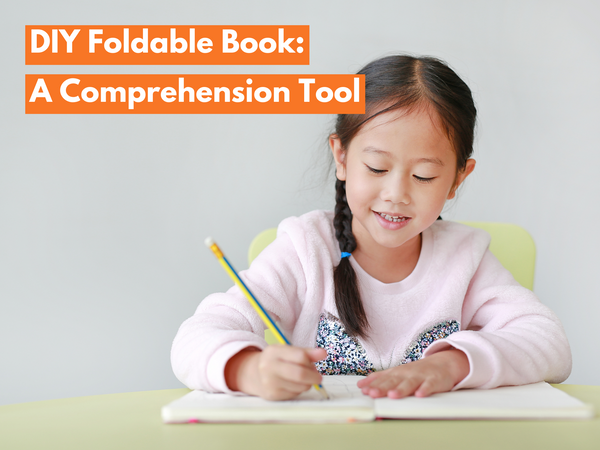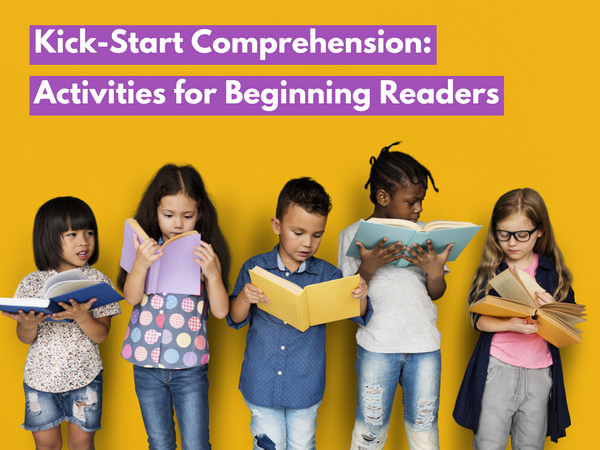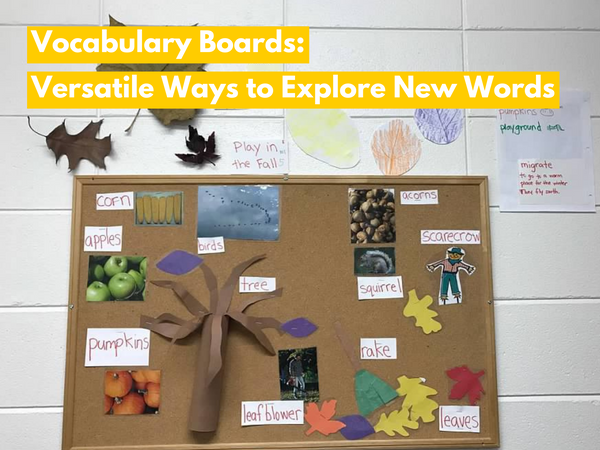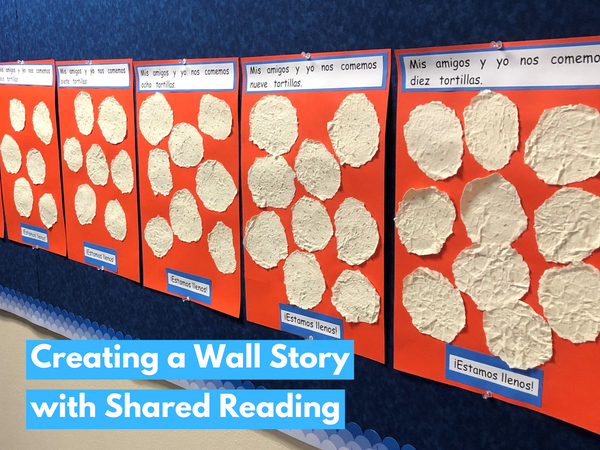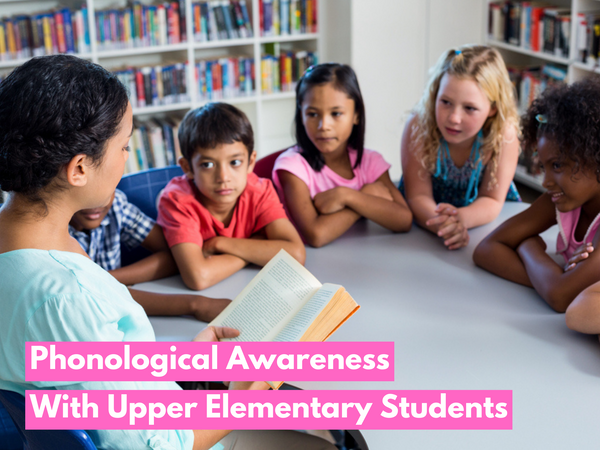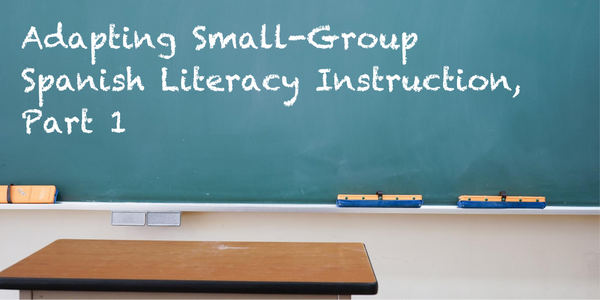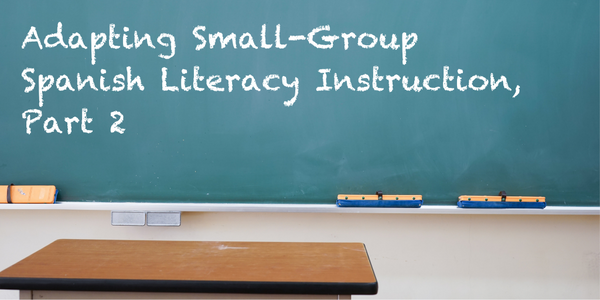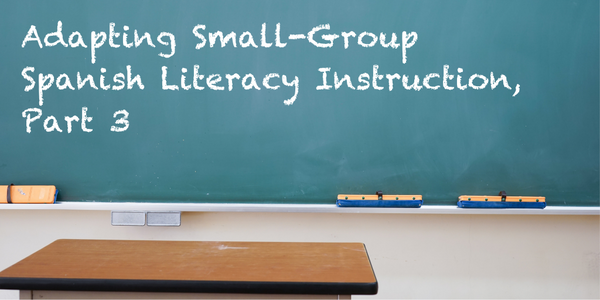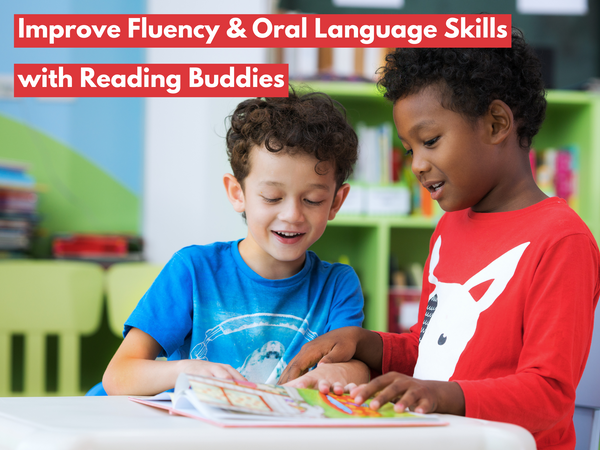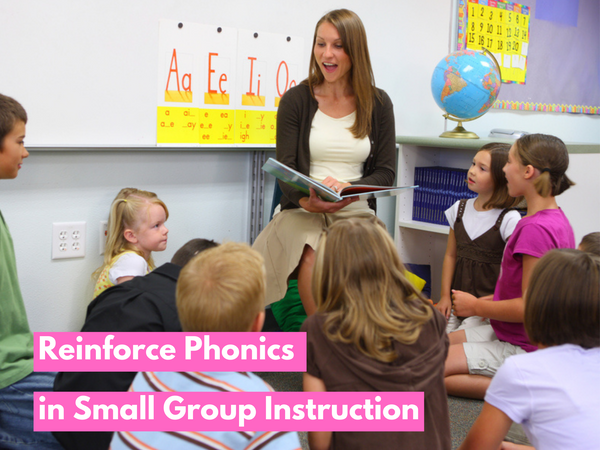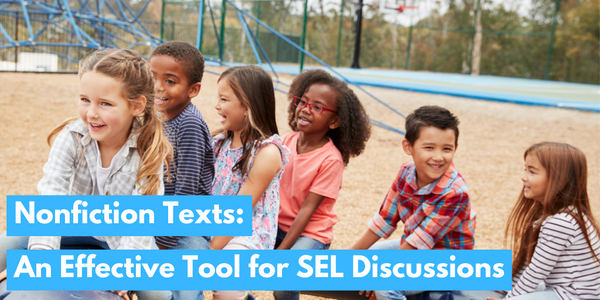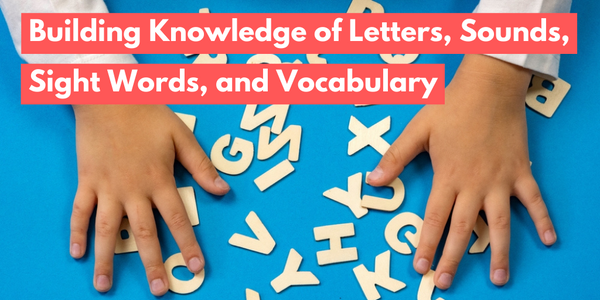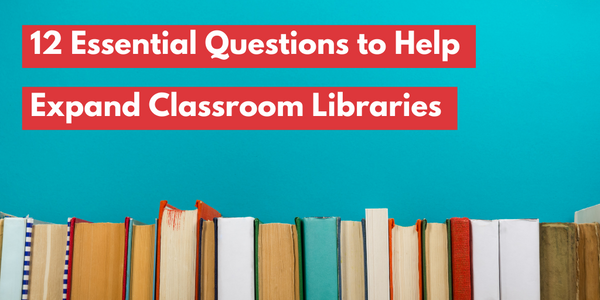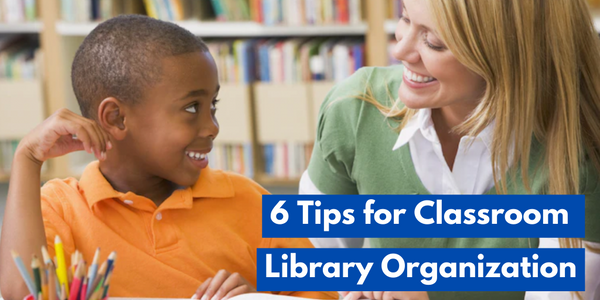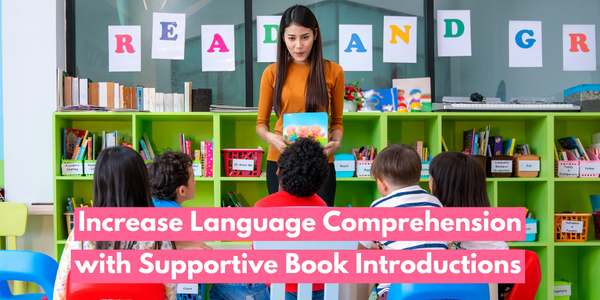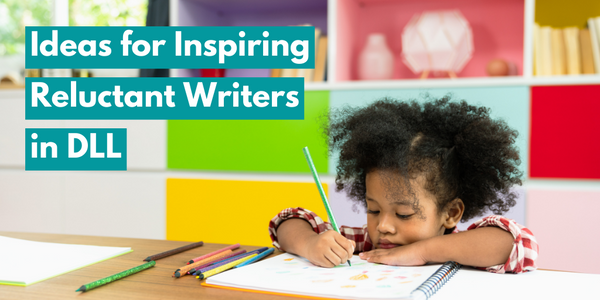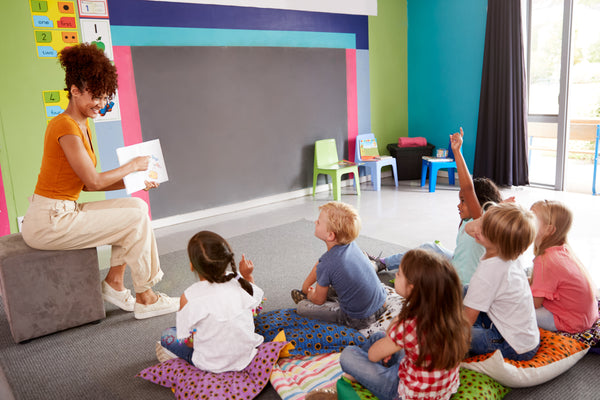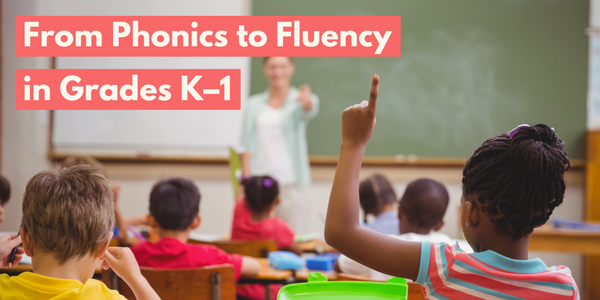By Susan Weaver Jones, Reading Specialist, Guest Blogger
Students need direct instruction to help them strengthen reading skills and strategies, including accessing their background knowledge, making predictions, recognizing real-world connections, and addressing other essential standards. Students also need time to practice their literacy skills beyond school hours. How can you promote reading outside of school when it may be clear that some students are not interested? Keep reading to learn about ways to empower families to read at home when struggling readers seem to lack parental support in reading.
When I compare students' reported reading levels from the end of the previous school year with their demonstrated reading abilities at the beginning of the new school year, I can confirm certain first impressions with amazing accuracy! Most of the time, I can easily discern which students read for pleasure over the summer when they make a beeline for the classroom library. Not surprisingly, the students who read regularly often make gains in their reading ability over the summer.
On the other hand, I can also pinpoint which students took an extended break from reading by their aversion to recreational reading. As you might expect, the students who read next to nothing during their break suffered from the lack of practice. With few exceptions, those students experienced significant decreases in their reading ability, necessitating the need to regain lost ground.
 For students who regard reading as a burdensome chore, it's essential to capitalize on their interests with appealing materials in terms of format, readability, and visual appearance. You can introduce a variety of genres with leveled readers. If your student has an interest in boxing, you might consider a
biography about Muhammad Ali
.
For students who regard reading as a burdensome chore, it's essential to capitalize on their interests with appealing materials in terms of format, readability, and visual appearance. You can introduce a variety of genres with leveled readers. If your student has an interest in boxing, you might consider a
biography about Muhammad Ali
.
If you need lower-level nonfiction books with photographs of animals, there are ten animals in each of eight habitats in Zoozoo Animal World that younger students will love. Finding easy-to-read informational and narrative texts that can pique students' interests about a wide variety of familiar topics, such as bullying, is easy to do within the Kaleidoscope Collection .
Early chapter books, picture books, comic books, and graphic novels are also appealing to striving readers because the artwork brings life to the text. It's worth engaging kids with short bursts of text they can enjoy with their friends, such as joke books, riddle books, and humorous poetry. Many books will appeal to all genders, but it's important to remember that some books may be more appropriate for just boys or just girls.
Since students with negative attitudes toward reading might not be willing to select any of your recommendations, reading aloud can become the means to capture their attention and cultivate new attitudes. Using multiple copies of the same book, you can encourage classmates to read aloud to each other and have fun expressing the words of their favorite characters. This will help you support students who initially require significant scaffolding. Over time, you will notice the students with negative perceptions about reading develop a stronger interest in reading.
Once students latch onto books they relate to, you should encourage them to borrow the books and share them with their families. They can discuss the books at home, retell their favorite parts, and describe pictures even if they're not ready to read the books aloud themselves. Creating favorable circumstances under which students make connections with stories that are interesting and relevant in students' lives is key to fostering a love of reading.
What are some of the issues that affect parents who may not be actively engaged in family reading time? Parents who appear unconcerned about their children's growth in literacy on the surface may be dealing with issues that interfere with help they could offer. For example, some parents may have to work in shifts that don't align with their children's school schedules. Children in those families may have tag-team parents who care for their kids in shifts to accommodate busy work schedules.
 Some families have relatives who may speak languages other than English. They may be quite determined to help their children learn to read and write in English, however, their efforts are hindered by their own lack of understanding the English language. Another basic issue that frustrates many well-intentioned parents is simply not knowing what to do, regardless of work schedules or home language. These scenarios aren't all-inclusive, but they are representative of common problems that prevent parents from being more active in their children's reading habits. How can you help empower families to be more active in their children's literacy development?
Some families have relatives who may speak languages other than English. They may be quite determined to help their children learn to read and write in English, however, their efforts are hindered by their own lack of understanding the English language. Another basic issue that frustrates many well-intentioned parents is simply not knowing what to do, regardless of work schedules or home language. These scenarios aren't all-inclusive, but they are representative of common problems that prevent parents from being more active in their children's reading habits. How can you help empower families to be more active in their children's literacy development?
For parents who work late afternoon and early evening shifts when many after-school activities are scheduled, you can suggest alternative times for family literacy workshops. Involving other teachers and administrators to participate in morning or midday parent activities is a great way to show what parents can do with their children when there is difficulty with words. Many parents need more tools in their parenting toolbox beyond the overused direction to "sound it out." This is why it's important to model to parents different prompts they can use to guide students to use helpful reading comprehension strategies, such as noticing how words look, listening to how words sound, and discussing whether or not words make sense in the context given.
If translators are not available to assist English Language Learners and their parents at school, consider using a translation program to communicate with adult family members through emails and smart phones. At the very least, you should make sure ELL parents know their home languages are valued by encouraging them to share stories with their children in their home languages. Then the children can read to their parents in English and explain what the stories mean in their home languages. This helps the students are regularly exposed to both languages. Students who are already literate in one language can use that knowledge to more easily learn another language. Students also benefit from retaining their family's home language while learning English, so they will grow up to be bilingual (or multilingual) adults (Genesee, 2018).
 No matter when family literacy workshops are held or how the information is conveyed, you will need to have a clear plan about the strategies and methods to share to help parents feel confident in helping their children read at home. You can utilize suggestions from
Family Literacy Workshops
for ideas to organize a whole series of workshops on giving parents instructional tips. For instance, the reproducible page titled "Parents' Guide to an Interactive Read Aloud" in Workshop 2 outlines specific questions for parents to ask before, during, and after reading aloud to their children.
No matter when family literacy workshops are held or how the information is conveyed, you will need to have a clear plan about the strategies and methods to share to help parents feel confident in helping their children read at home. You can utilize suggestions from
Family Literacy Workshops
for ideas to organize a whole series of workshops on giving parents instructional tips. For instance, the reproducible page titled "Parents' Guide to an Interactive Read Aloud" in Workshop 2 outlines specific questions for parents to ask before, during, and after reading aloud to their children.
"Part 3: Questions to Check for Understanding" in the reproducible page titled "Parents' Guide to an Interactive Read Aloud" of Family Literacy Workshops provides a great template for parents to monitor their children's comprehension of leveled readers. You can use the retold fable A Bundle of Sticks as a sample text to help parents practice asking questions for kids to make predictions about the title and pictures before reading. Then encourage parents to practice asking the questions to have a discussion with their children about what the main characters are doing. This easily provides kids with reading comprehension practice. After reading, show parents how to use the questions from the Fables & the Real World teacher's guide to encourage their kids to retell the story about the father and his three sons. Reflecting on the moral of teamwork is another important way to help children make meaning after reading.
Parents and children both tend to respond better to making reading and writing fun and accessible rather than presenting literacy activities as necessary tasks. Family literacy workshops can incorporate various centers at which adult family members can support and encourage their young students as they participate together in fun activities that can be replicated at home. At first, young students and less proficient readers may be more interested in reading what they can write rather than what other people have written. This is why you should include activities that support both reading and writing because the purposes, benefits, and processes of writing and reading are complementary. Here are some tools that may be helpful for such activities:
- Trays filled with sand or shaving cream for writing with fingers.
- Modeling clay or Wikki Stix for shaping uppercase and lowercase letters.
- Finger paint, sidewalk chalk, crayons markers, and paper for writing and drawing.
- Glue sticks to write letters on paper and glitter to show where the letters appear.
- Magnetic letters and a metal surface to make words.
Your students will begin to assume their identities as writers and readers when they create text they can also read with their families. Boys and girls may want to write about themselves and their favorite things, or they might choose to write and illustrate small, factual books about topics of interest to them. Parents and grandparents can staple together several sheets of copy paper for children to make their own books. In addition, families might enjoy creating little books for their children in English or in their home languages.
Parents and children might also be interested in word games they can play together, such as Scrabble (and Scrabble, Jr.), Boggle (and Boggle, Jr.), UpWords, and Word Yahtzee. Other fun and easy-to-make word games for individuals include word searches and crossword puzzles. When students experience fun with words in conjunction with academic word study, their interest in words becomes a building block for sentences, paragraphs, and books.
In addition to empowering families at family literacy workshops at school, you can also promote family literacy by involving older siblings. You can try inviting students in the intermediate grades to literacy workshops during school hours, which will ultimately benefit their younger brothers and sisters. The older students can also practice helpful reading strategies and understand how to engage their younger siblings in literacy activities at home.
Whether siblings, parents, or grandparents participate in the workshops, sending home goodie bags of sample materials is an effective way to encourage families to try your fun activities with the younger children at home. If a public library is nearby, consider including some applications for library cards in the goodie bag. Some public libraries have applications in Spanish, too.
During the school year, you will need to follow up with families through emails, text messages, or newsletters about how they can continue to promote literacy at home for their children. Schools cannot alter parents' work schedules, but we can try to work around them. When schools and homes work together toward the same literacy goals, all of our students benefit!
Be sure to continue checking back for more ideas to help your students on our blog!
 Susan is an elementary educator from Orlando, Florida, who currently works as an ESL teacher in Knoxville, Tennessee. She has taught students in kindergarten through eighth grade as a Classroom Teacher, Reading Specialist, Reading Recovery Teacher, and Literacy Coach. She is also the author of several leveled readers in the
Kaleidoscope Collection
. If you like what you read here, be sure to read
more by Susan on our blog
.
Susan is an elementary educator from Orlando, Florida, who currently works as an ESL teacher in Knoxville, Tennessee. She has taught students in kindergarten through eighth grade as a Classroom Teacher, Reading Specialist, Reading Recovery Teacher, and Literacy Coach. She is also the author of several leveled readers in the
Kaleidoscope Collection
. If you like what you read here, be sure to read
more by Susan on our blog
.















